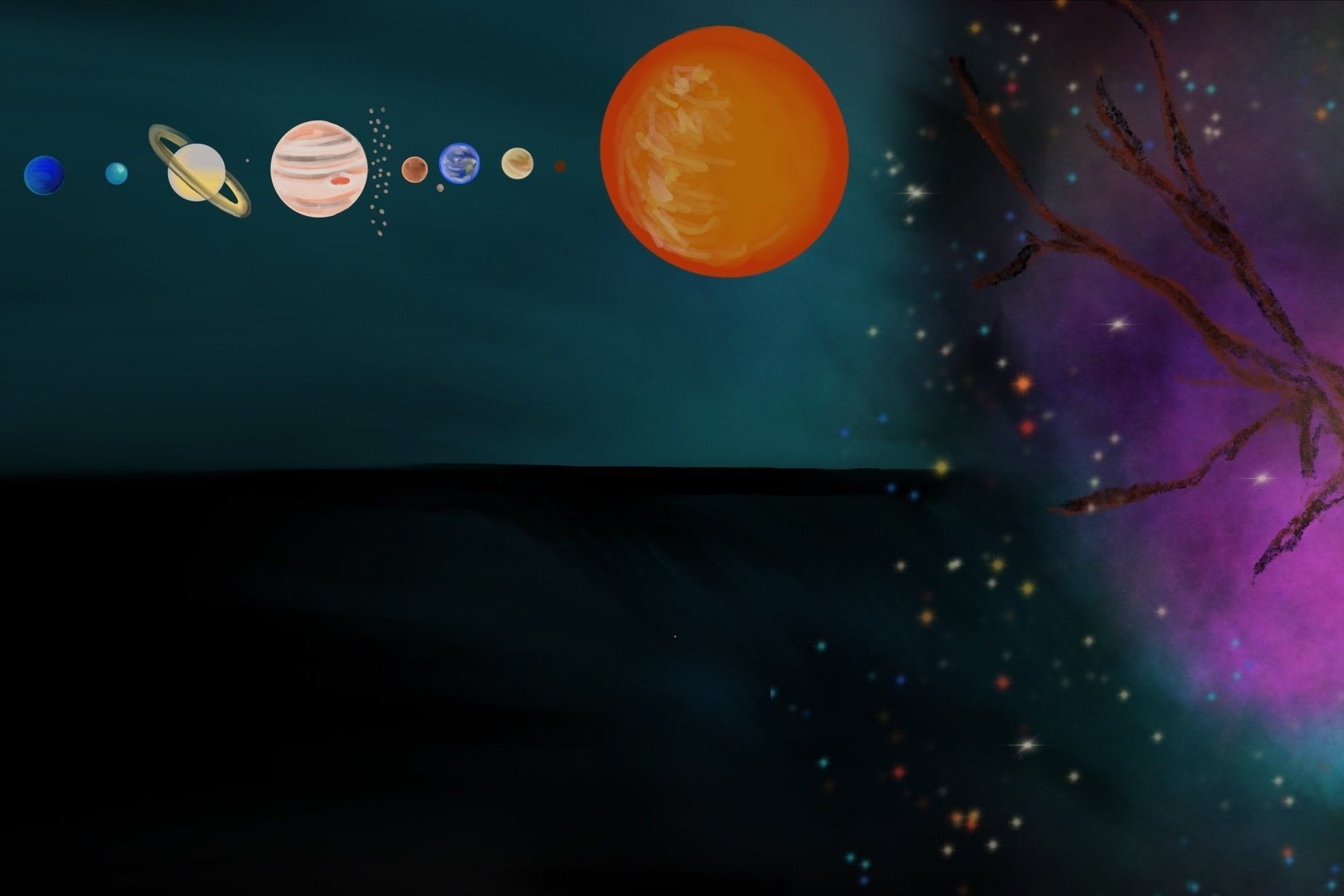
Research
Life is made of organic molecules that impart indelible impacts on chemical cycles and Earth’s rock record. However, there are many organic molecules that are synthesized abiotically, found in abundance within meteorites and other extraterrestrial bodies. Geochemical clues to how both biotic and abiotic organic molecules formed and impacted surrounding environments can be used to reconstruct conditions in modern environments, Earth history, or astrochemical processes. For example, molecular fingerprints preserved within the isotopic composition of compounds can record primary processes of formation, or secondary processes of alteration.
I develop novel methods to look at weird organics. Informed by an interdisciplinary approach to research. I aim to re-address long standing questions with new perspective.
Prior to grad school, I worked as a software developer for two years, and work to integrate this analytical background into my approach to problems.
Extraterrestrial and abiotic organics
Complex organic molecules have been found in high abundance on meteorites and now asteroids returned by sample collection missions. I am measuring the isotopic composition of amino acids and polycyclic aromatic hydrocarbons (PAHs) found on Murchison meteorite and the Ryugu asteroid to inform understanding of abiotic organic synthesis and the extraterrestrial carbon budget.
Asteroid Samples Reveal Origins of Organic Molecules in the Early Solar System, Caltech News.
Meteoritic and asteroidal organics
Organic chemical synthesis reactions demonstrate preference for one isotope over others in sites to lower the zero-point-energy of molecules. These preferences — “isotopic fractionations” — are quantifiable and recorded in the isotopic composition of chemical products, which can serve as “fingerprints” of the synthetic processes that made them. I am investigating the characteristic isotopic fractionations of novel carbon reduction chemistries, with applications to understanding the chemical composition of extraterrestrial organic carbon.
Isotopic fractionation of abiotic carbon reduction chemistry
Organic matter on early Earth
Kerogen found in Archean rocks constitutes the oldest refractory carbon on Earth, and often pre-dates known definitive evidence for life (i.e., fossils). I am working to characterize the carbon isotopic composition of kerogen to better understand life on early Earth and how those signatures get preserved through diagenesis and catagenesis.
Archean organic matter
Early plants + the rise of mud
An increase in terrestrial mudrock has been shown in the geologic record, concurrent with the rise of land plants. I demonstrated that this rise of mud can be explained through a geochemical mechanism; small early plants introduced a tremendous amount of organic material into the landscape that could have contributed to increased flocculation of sediment and mud deposition.
Biopolymers in surface environments
Biopolymers in modern environments
Earth surface environments are dominated by refractory organic compounds. For example, lignin—a high-molecular-weight oligomer of several molecules—constitutes ~1/3 of the dry mass of wood and is the most abundant class of organic molecules on the Earth’s surface. Given the ubiquity of these recalcitrant polymers, what new techniques can we develop to better understand the role and resilience of organics within modern and ancient surface environments?
Method development
Each of the projects described above requires novel methods to approach longstanding questions in new ways. Some examples of method development central to answering science questions include:
The Orbitrap is a novel technology in mass spectrometry that facilitates high precision isotope analysis of complex molecules. I am developing methods to improve this style of measurement, particularly as it pertains to complex mixtures.
Gas chromatography-Orbitrap mass spectrometry
Studying organic carbon requires careful separation from its encompassing mineral matrix, which can be nuanced and challenging to achieve completely. I am working with collaborators to develop and understand best practices for decarbonation procedures of C-rich rocks.
Decarbonation of C-rich rocks
Past projects
Eocene paleoclimate and shark paleoecology
Shark teeth preserve isotopic fingerprints of environment and diet, often over long temporal and spatial gradients due to shark physiology and ecology. I demonstrated that the carbon and nitrogen isotope composition of modern shark teeth can reflect changes in shark diet, and the oxygen and Nd isotope composition of fossil shark teeth can reflect ancient ocean conditions and paleogeographic shifts.
Kim and Zeichner et al., 2020. Paleoceanography and Paleoclimatology.
Zeichner et al., 2017. Physiological and Biochemical Zoology.







